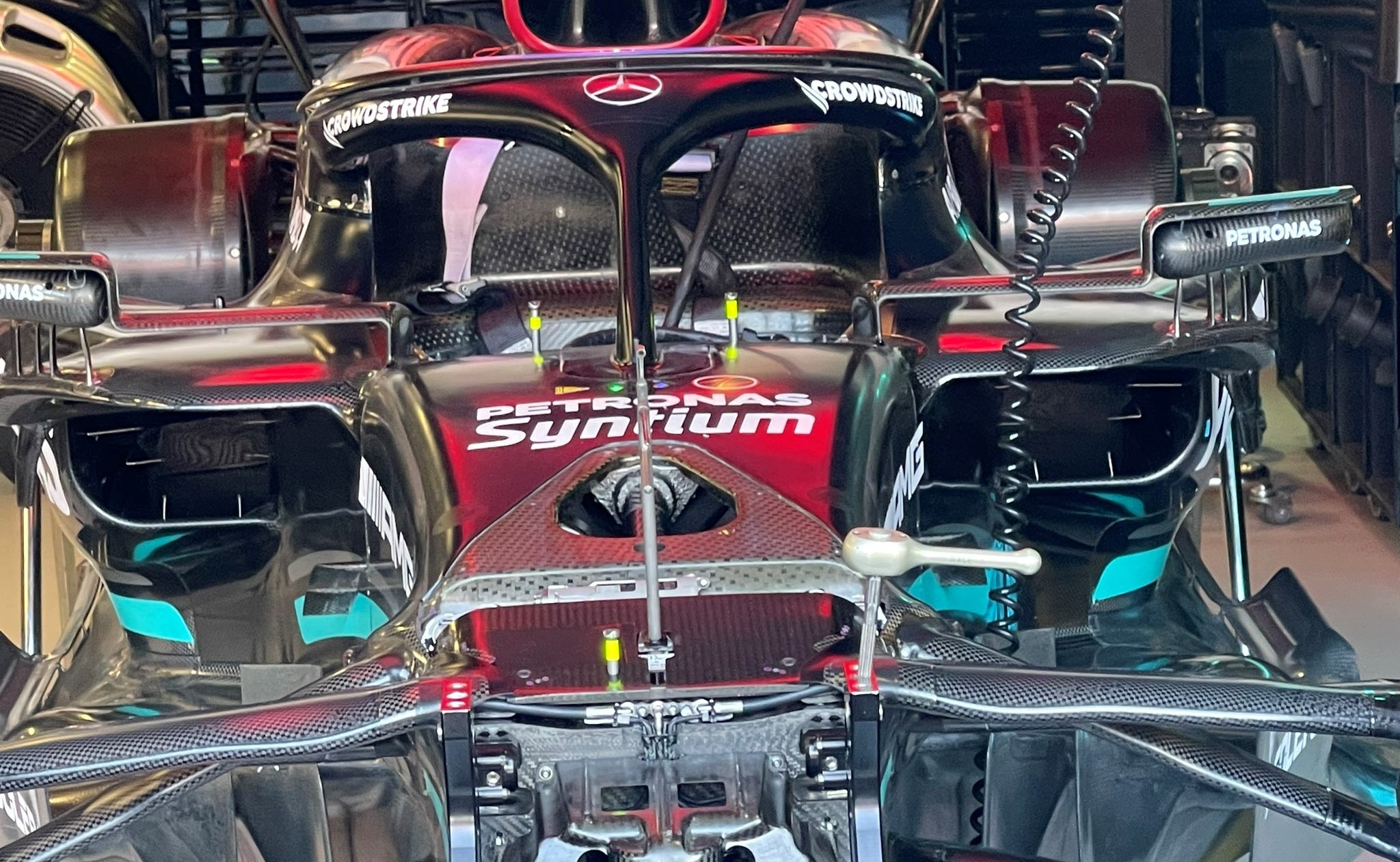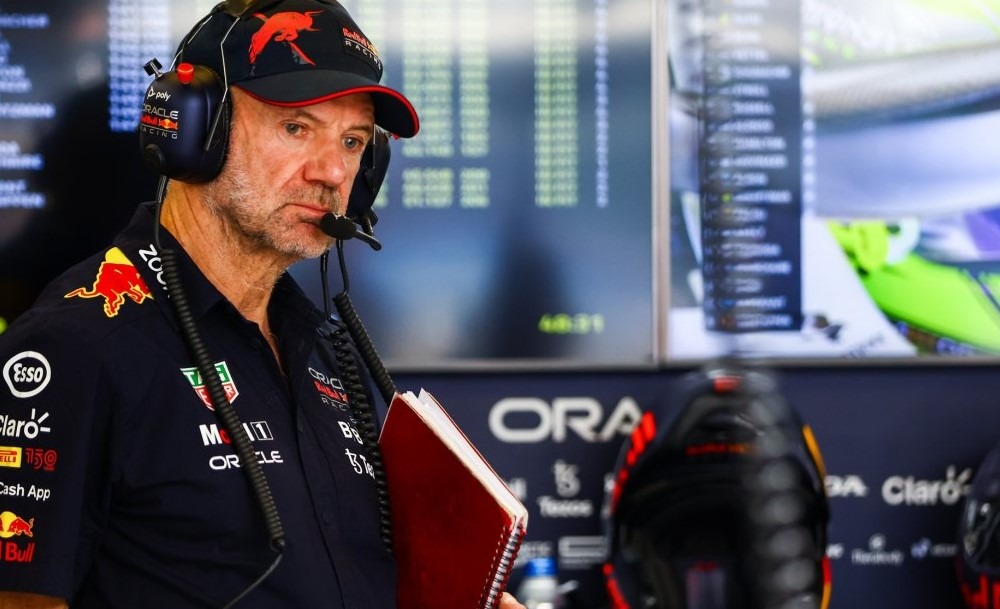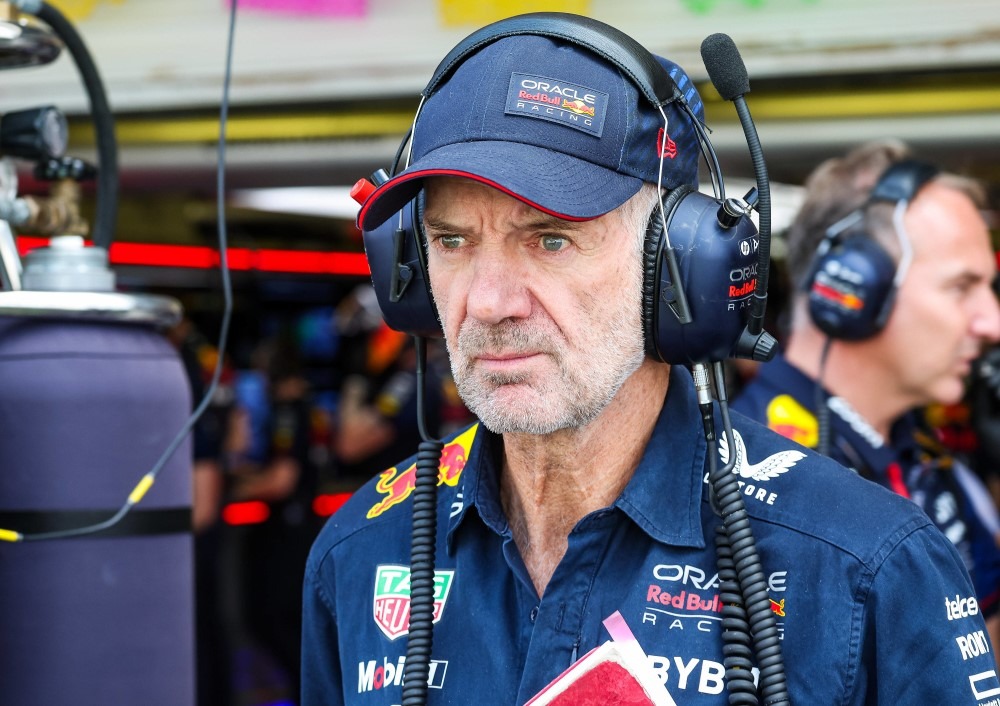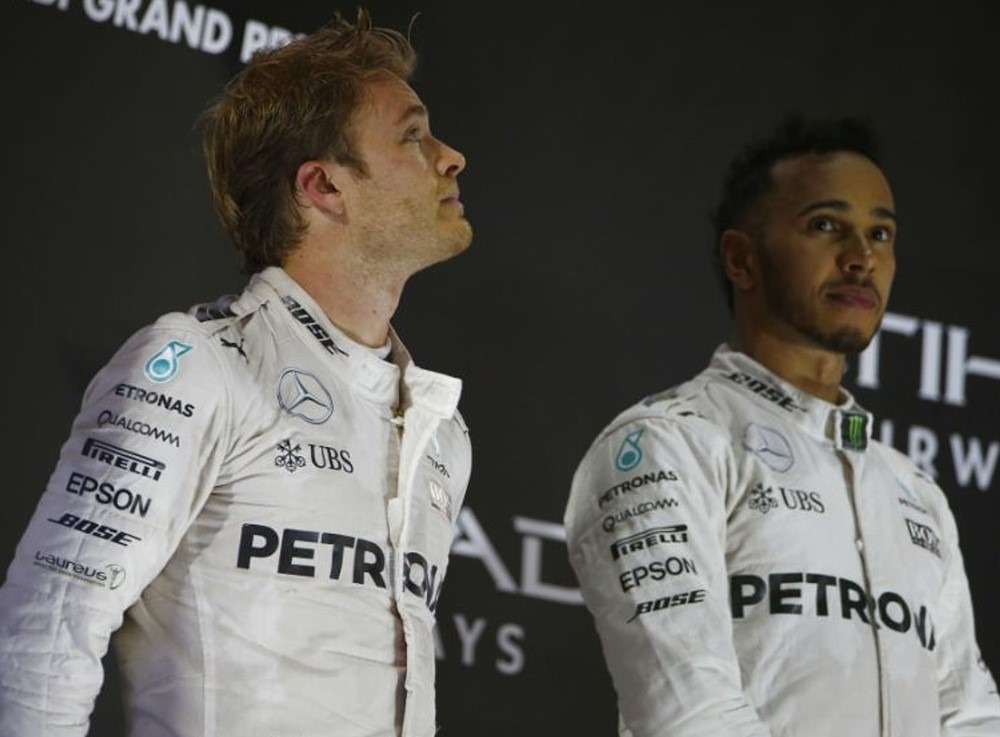Mercedes unveiled their much-anticipated upgrades for their underperforming 2023 F1 car on Friday, including revised sidepods, front suspension, and floor, ahead of this weekend’s Monaco Grand Prix.
Mercedes began the season with the intention of overcoming their challenging 2022 campaign when Formula 1 unveiled radically new cars and new regulations. However, the Brackley-based team that dominated the first phase of the hybrid engine era lost ground.
Given that the new generation automobiles appeared to be quite identical, it quickly became apparent that there were considerable changes in the different models’ sidepod concepts and suspension set-ups.
Mercedes adopted a distinctive sidepods concept that has come to be known as zero-pod considering the sidepods were shrunk to very narrow inlets, taking a different approach than the majority of teams.
Red Bull, to the contrary, used the down wash effect from the central portion of the car to develop a sidepod design that was considerably undercut. Adopting yet another concept, Ferrari created an inwash concept with curved elements that are intended to lower the drag level caused by the wake that comes from the front tyres.
The eight-time constructors’ champions maintained confidence in their ground-breaking idea for the 2023 Formula 1 season despite their disappointing 2022 campaign, which saw Mercedes win just one race and finish behind Red Bull and Ferrari in the Constructors’ Championship. However, the team’s slow start to the new season forced Mercedes to change its strategy.
The upgrades were initially planned to debut at last weekend’s Emilia Romagna Grand Prix, but Mercedes was compelled to delay their new appearance after the race was canceled due to severe flooding.
The team was eager to debut the new development approach in Monaco despite the challenges of the calendar’s shortest track, as they did not want to wait until the Spanish Grand Prix next weekend.
Mercedes unveiled its much-anticipated improved W14 in Monaco, and the team is hopeful that the fresh concept will provide a foundation from which to develop in the future.
However, Mercedes boss Toto Wolff downplayed the significance of the improved package in remarks made ahead of the weekend.
“It won’t be a silver bullet,” Wolff said ahead of the Monaco Grand Prix. “From my experience, they do not exist in our sport.
“We hope that it gives the drivers a more stable and predictable platform, then we can build on that in the weeks and months ahead.
“F1 is tough competition and a meritocracy. We are not where we want to be but there’s no sense of entitlement. It’s just about hard work to get us to the front.”
The images shared reveal that Mercedes has abandoned the zero sidepod concept that it has adhered to since the start of the 2022 season and the launch of the new F1 car generation. Since the sidepods were shrunk to extremely small inlets, the Brackley-based company’s approach has been dubbed zero-pod.
As a matter of fact, the Williams team had already experimented with this method, so it wasn’t just the Mercedes team that followed this course of development. The German manufacturer, though, moved to the Red Bull way of thinking and abandoned this idea.
Mercedes appears to have taken a more traditional approach with the new design, expanding on the downwash concept with longer sidepods. The Red Bull-developed severely undercut design, which was imitated by seven other F1 teams, was rejected by the team.
Mercedes’ sidepods are expected to be improved for the upcoming season, although for the time being, the W14 side-impact bars have limited how much of an undercut they may have.
The upper surface of the sidepods has a similar appearance to the Aston Martin and Alpine models because of the new longitudinal cooling vents Mercedes has added.
The team has also modified the front suspension in a manner that is comparable to Red Bull’s anti-dive design. In order to run the car closer to the ground, which has been an objective since the advent of ground effect cars, the design aims to minimise dive during braking and squat during acceleration.
The front leg of the top wishbones has been positioned higher on the W14, which has undergone considerable alterations to the front suspension. The new configuration permits a noticeably larger anti-dive angle, which should technically give the car a more stable aerodynamic base.




